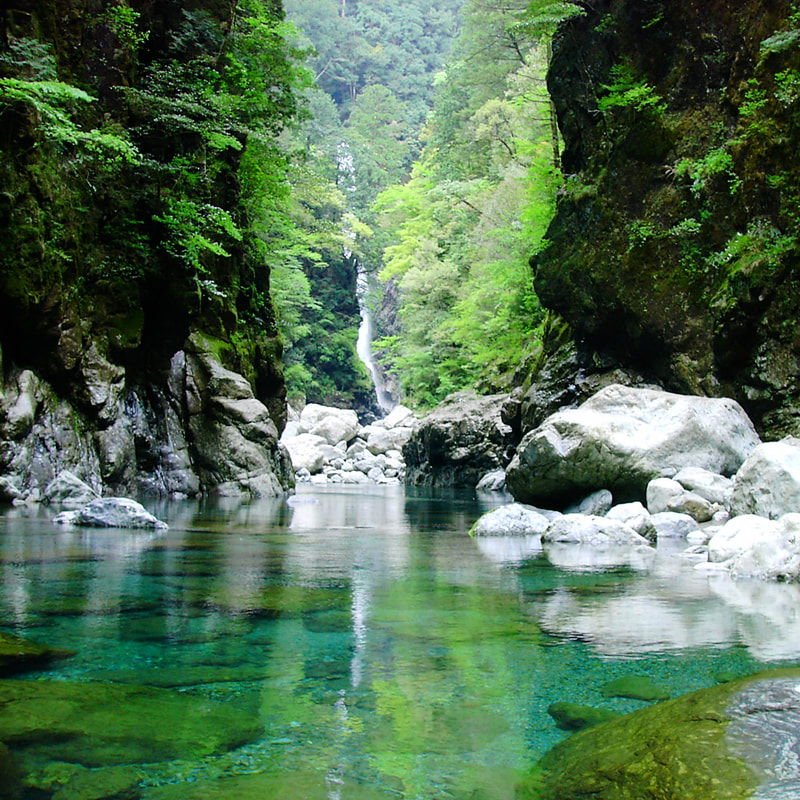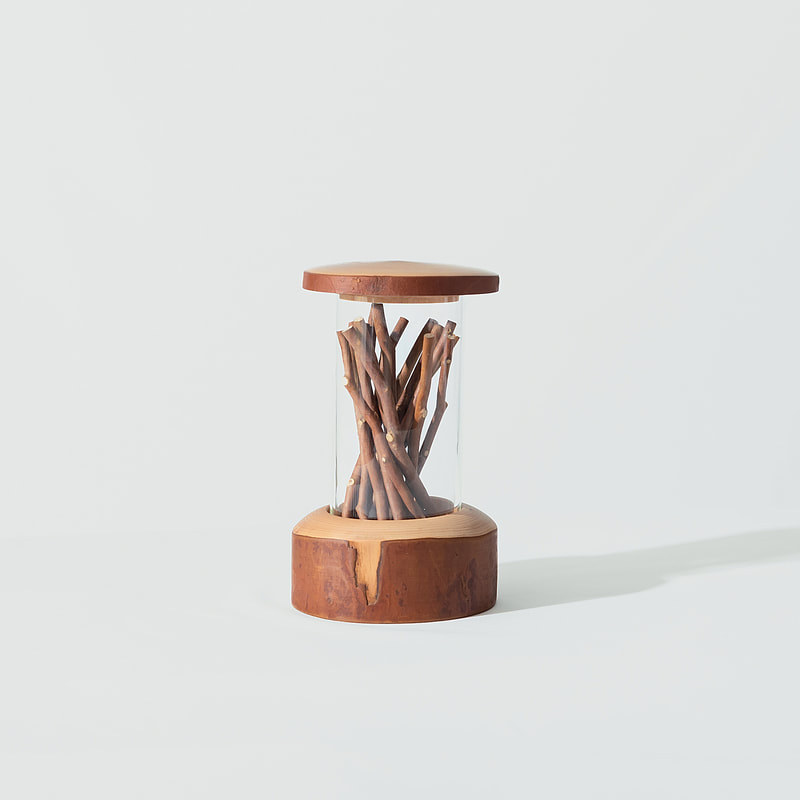"What if we restored the rich ecosystems of the Odai Mountains to their original state, fostering a symbiotic relationship between humans and nature as it once was? This could become a sustainable endeavor, requiring minimal investment but ensuring the preservation of the mountains for generations to come," they ponder.
|
From 180 miles south-west of Tokyo (similar to the distance from Manhattan to Boston or Philadelphia), located Odai Town in Mie Prefecture, nestled in the mountainous region located in one of the warmer climates in the Kinki region and close to the Ise Jingu grand shrine, a wellknown historical power spot. Covering 93 percent of the town's area, has been a valuable ecosystem in Japan since ancient times, with a diverse range of tree species. It's registered as a UNESCO Eco Park.
*UNESCO Eco Park: Officially known as Biosphere Reserves Established by UNESCO in 1976, Biosphere Reserves aim to harmonize the conservation of ecosystems with sustainable human activities. While "World Heritage Sites" primarily focus on preserving untouched nature, UNESCO Eco Parks aim for the coexistence of nature and human society. As of June 2017, there are a total of 669 areas registered across 120 countries.
After World War II, during Japan's reconstruction, the forests, which used to be rich in hundreds of species of trees, have been replaced by mono-vegetation, only two or three species of trees with high use value, such as cedar and cypress, to develop economic activity. As times changed and the economy shifted, forestry became less profitable, and only miserable environment of the mountain that made by the human intervention left. “Odai Cokage ” addresses th e issue and rehabilitates a rich forest environment in line with UNESCO Eco - Park principles.
|




















